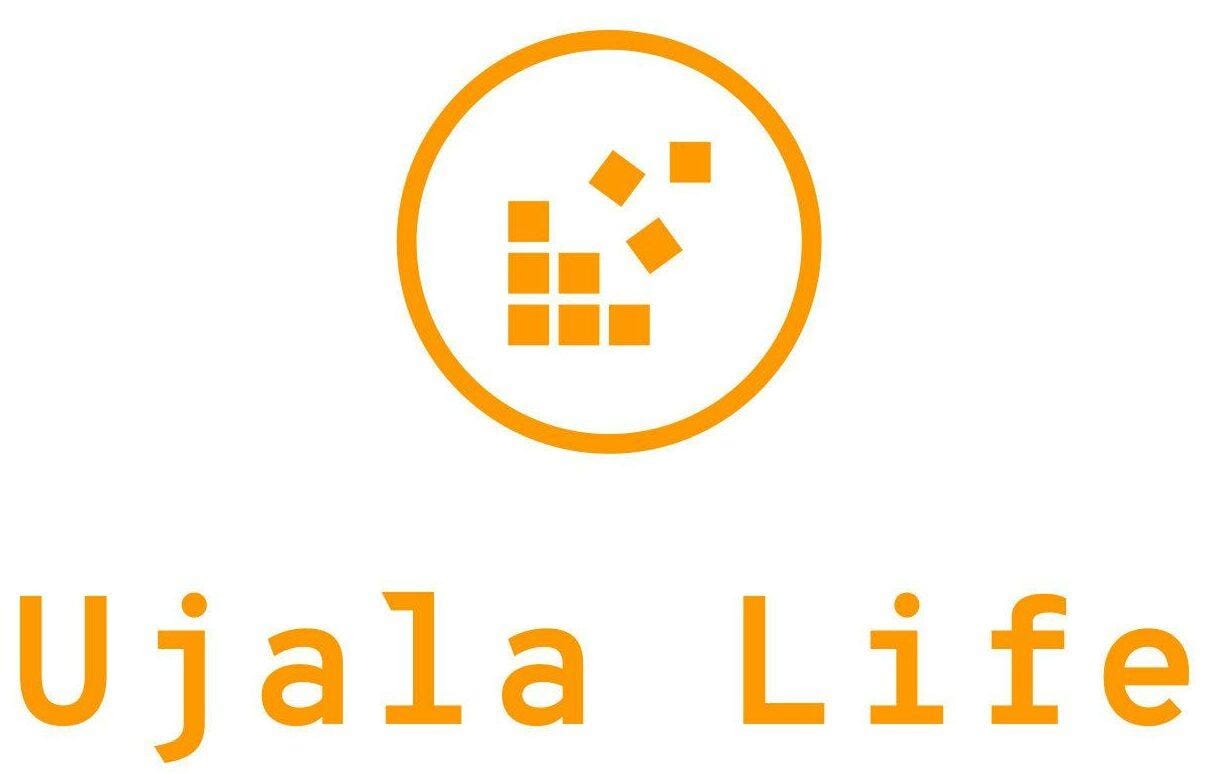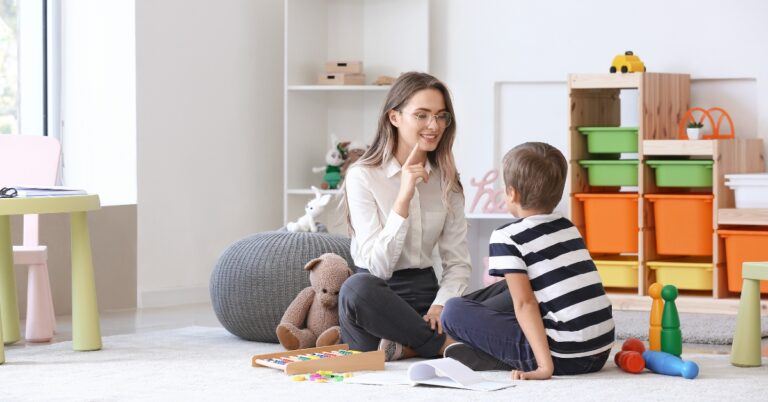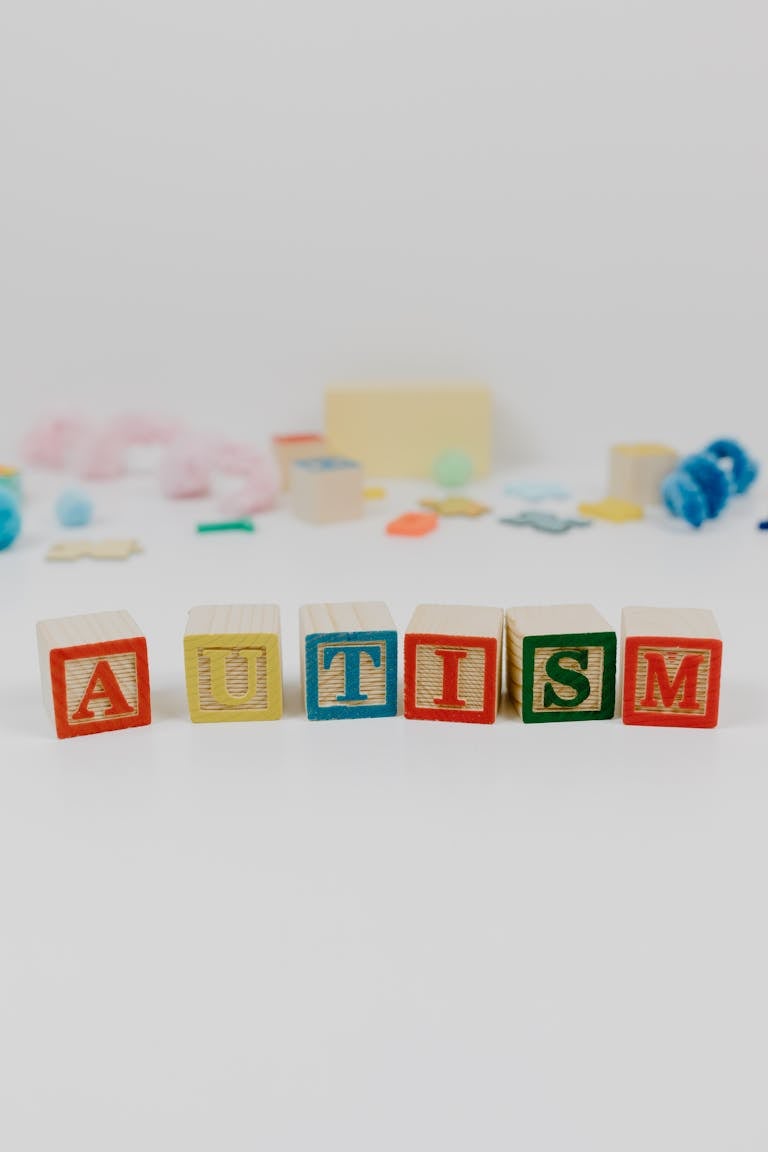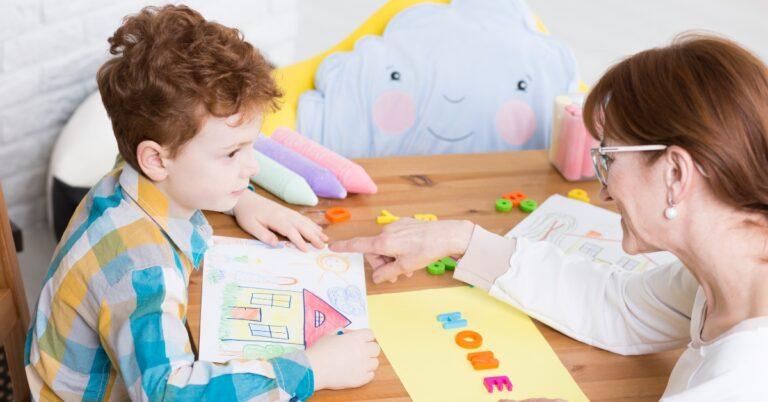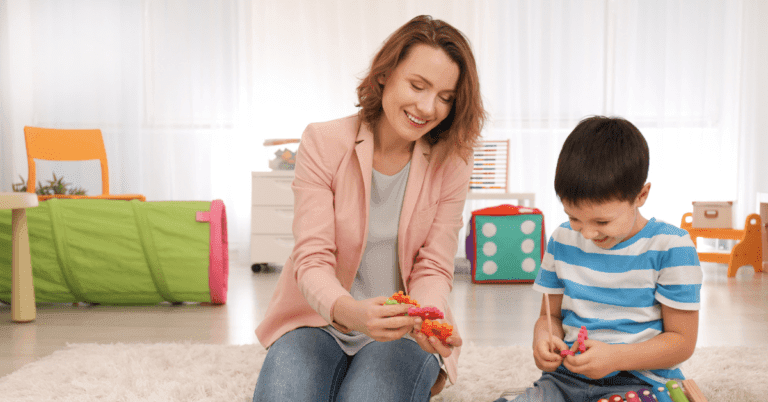3 Benefits of Natural Environment Teaching in ABA
When you hear about ABA or Applied Behavior Analysis, the mental image that often comes to mind is a child sitting at a desk for extended periods of time. But there’s another side to ABA that goes beyond these highly structured, tabletop sessions. With the right approach, therapy can be fun and effective at the same time.
Natural Environment Training (NET) is an ABA approach centered on addressing behavior within meaningful, real-world contexts. Rather than the therapist, the child is the one who directs the activities and sets the pace of the session. This approach makes therapy a positive experience for the child, which in turn increases engagement for a more productive session.
Natural Environment Teaching – What Is It?
Natural environment teaching is working with a child in an environment they often encounter in their day-to-day life. Learning within the natural environment allows children to practice skills in the context where they will use them, facilitating a deeper understanding and mastery of those skills.
A child’s natural environment can include:
- Home – The child’s residence, including their bedroom, living room, kitchen, and other areas where they spend time with family.
- School – The educational setting, such as a classroom, playground, and school facilities, where a child learns and interacts with peers and teachers.
- Community – The broader community or neighborhood where the child lives, including parks, libraries, stores, and recreational areas.
- Therapy Settings – For children receiving ABA therapy, the center becomes part of their natural environment. This is where they learn, play, and practice skills.
NET also encourages the active participation of family members and caregivers in the child’s therapy plan. When interventions align with the natural environment, it is easier for parents and caregivers to support the child’s progress.
Moreover, natural environment teaching incorporates play into therapy sessions and encourages the child to take the lead. Children have more freedom to choose their preferred activities and toys, while the therapist works to turn these experiences into valuable learning opportunities.
The skills targeted through this approach are not only relevant to real-life situations but also meaningful to the child. This is putting the child in the driver’s seat to take a more active role in their therapy.
Most importantly, natural environment teaching is rooted in solid evidence and has garnered widespread approval from both parents and individuals on the autism spectrum.
What are the Benefits of Naturalistic Environment Teaching?
Naturalistic Environment Teaching in ABA offers three key benefits. This includes improved generalization, increased autonomy, and more opportunities for fun during sessions.
Greater generalization
Generalization means a student’s ability to use a skill in different situations, apply it in various ways, and continue to show that skill consistently over time. Naturalistic Environment Teaching takes place in the child’s natural environment, where they typically use the skills in everyday life.
This context allows for immediate application of learned skills to real-life situations, increasing the chances of generalization. Instead of practicing skills in the therapy room, NET allows for skills building across various settings which further encourages the child to generalize their skills beyond a single location.
Promote autonomy
Natural environment teaching places a strong emphasis on autonomy. By allowing children to dictate the pace and direction of the session, they will more likely feel a sense of ownership over their therapy resulting in decreased anxiety and increased confidence.
Moreover, when children have the freedom to choose activities and interests that genuinely engage them, they are more motivated to participate in therapy. This intrinsic motivation enhances their willingness to learn with their therapist.
More fun
NET introduces an element of play into therapy, making it an enjoyable experience for children and therapists. NET sessions give the child the freedom to select their favorite toys and engage in activities they naturally enjoy, whether it’s during therapy or their daily routines.
Through play, naturalistic environment teaching can target a wide range of developmental skills, including cognitive, motor, language, and social skills. This way, children can practice and refine these skills naturally.
Play also encourages creativity, imagination, and problem-solving. Children can explore new ideas, roles, and scenarios, which can be therapeutic for processing difficult experiences. This is also where children learn coping mechanisms and self-expression.
Play often involves interaction with peers, fostering the development of positive relationships, social skills, and trust. This can be especially valuable for children with social difficulties.
Through naturalistic environment teaching, children can practice and refine these skills naturally.
Examples of Natural Environment Teaching
There are plenty of opportunities to use NET. The best thing about is that you and your child can work on skills-building anytime and anywhere. Here are some natural environment teaching aba examples:
- During recess, a child plays with their peers on the playground. When they show interest in a particular game or activity, the therapist prompts them to initiate a conversation with a classmate to join in.
- In the cafeteria, the teacher encourages a student to ask a classmate about their favorite food or share what they brought for lunch. This provides an authentic context for social interaction to build social skills.
- At home, the therapist encourages the child to request items they want, such as their favorite snack or a favorite toy. If they want a cookie, they are prompted to point to the cookie jar or say, “I want a cookie, please.” This is a great way to work on both verbal and non-verbal functional communication.
By practicing these skills within the natural environment of the therapy center, school, and home, your child can gain a deeper understanding of how and when to initiate conversations. They can work on improving these skills not only during therapy sessions but also in their daily interactions with classmates, teachers, and family members.
Naturalistic Teaching vs. Discrete Trial Training
Naturalistic Environment Teaching and Discrete Trial Training are two of the more popular approaches to ABA. Here’s a breakdown of their differences:
- Natural environment teaching sessions are conducted within the child’s natural environment such as their home, school, and therapy center, while DTT sessions are confined within controlled learning environments, such as the therapy room.
- Natural environment teaching turns organic moments into learning opportunities, while DTT shapes behavior and builds skills through repetition.
- Natural environment teaching is more play-based and follows a less rigid structure, while DTT utilizes the ABC (Antecedent-Behavior-Consequence) approach using standardized materials and prompts.
- Natural environment teaching can be participated by parents and caregivers, while DTT is primarily implemented by a trained therapist in a one-on-one setting.
- Natural environment teaching gives the child the liberty to choose their preferred activities and reinforcers, while DTT provides the child with contrived tasks.
- Natural environment teaching embodies a child-centered philosophy while DTT is more adult-directed in nature.
Ujala Life – Naturalistic ABA Therapy
We at Ujala Life, believe that learning should start from a happy place. This is why we pride ourselves on our naturalistic and play-based ABA therapy approach that makes learning a meaningful experience for both children and therapists.
Rather than repetitive drills at a desk, our sessions are conducted in sensory-rich environments where children can play while learning important skills for school preparedness, social development, and functional communication.
Located in Middlesex and Union counties, New Jersey, Ujala Life provides center-based ABA therapy for children under six years old. We carefully choose our ABA therapists in NJ and create personalized programs to meet your child’s unique cultural and developmental needs.
If you’re looking for an ABA clinic with this fresh approach, we are here for you. Contact us today to learn more about our services.
